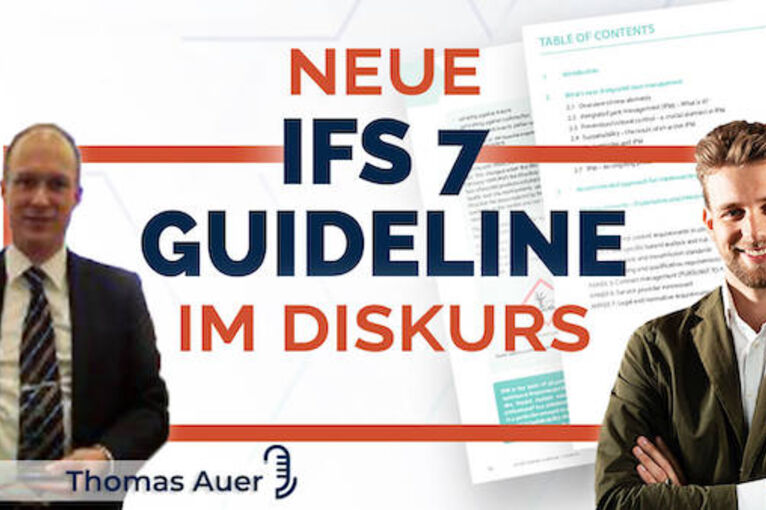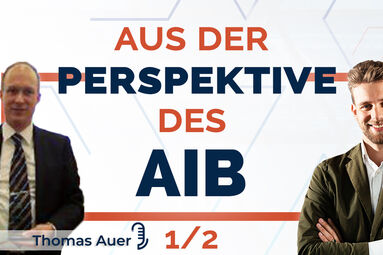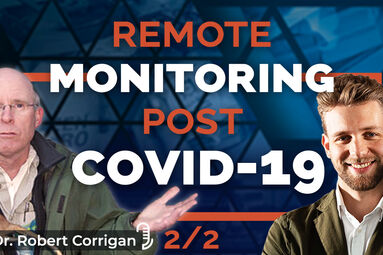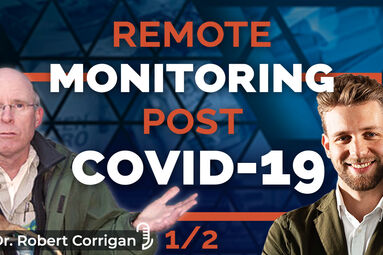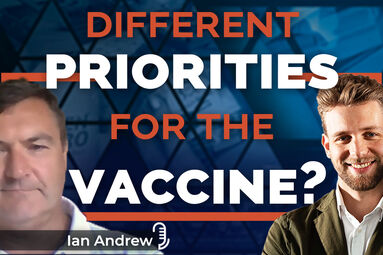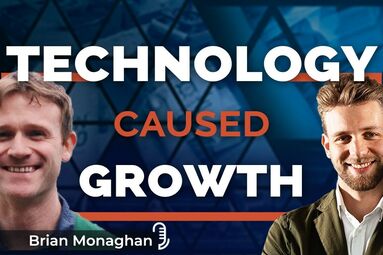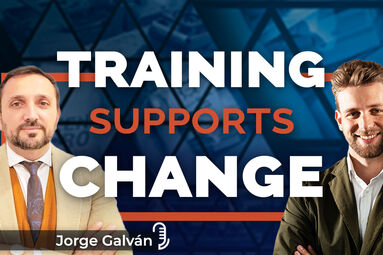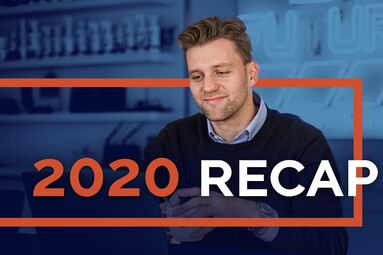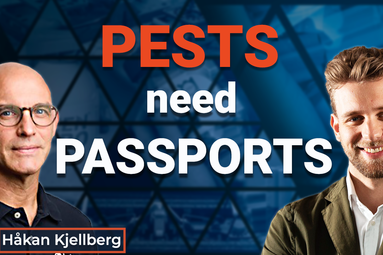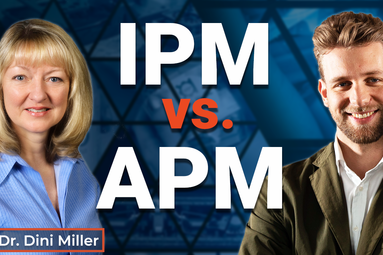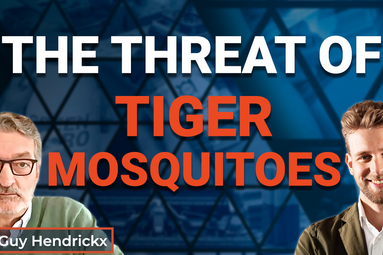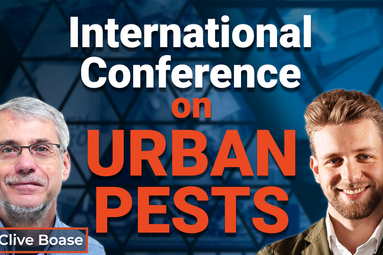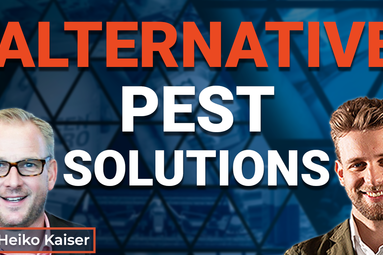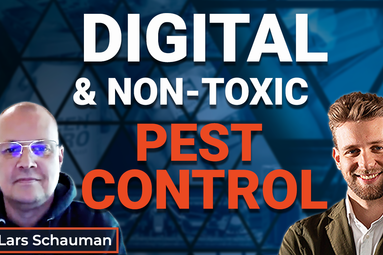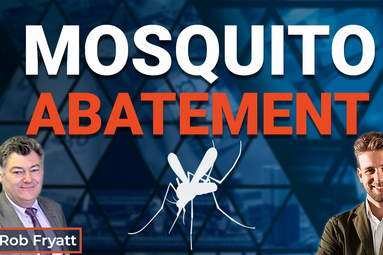The second part of the interview with experienced AIB auditor Thomas Auer focuses on the most common pest control mistakes, the major influences of the trending topics of sustainability and digitalization, and the future of the industry.
After Daniel and Thomas discussed the AIB standard, evaluation metrics, and Thomas’ work at AIB in the first part of the interview, the two now dive a little deeper. First of all, it is about the use of electronic rat traps. With regard to this topic, Thomas notes a high level of satisfaction among his customers with such products. However, the experienced auditor also makes it clear that the successful use of electronic rat traps is very site-dependent and, in terms of budget, is significantly more expensive than the classic poison solution.
That’s why he can’t make a blanket recommendation and sees the pest controllers as having a responsibility to show their customers different solutions and to work together to find the best individual path.
Thomas is one of the first ‘Talking Pest Management’ guests to also bring questions of his own and asks Daniel where he sees trends in the industry beyond electronic traps. Daniel thinks Integrated Pest Management will be more prominent in the coming years. Large companies should – and will – engage in even more intensive monitoring and also attach more importance to the maintenance area.
IFS standard with focus on sustainability and digitalization
According to Daniel, new guidelines can be expected in the IFS standard in the future, which will focus even more intensively on the topics of sustainability and digitalization. The focus will increasingly be on digital traps and digital documentation. He also stresses that it is important for large companies in particular to reduce their own “footprint” and therefore sees a move away from chemical-heavy solutions toward new, innovation-driven applications. In the area of digital monitoring solutions, for example, there would be many startups with new solutions, and his own company is also constantly working on bringing new and innovative products to the market.
Optimization potential in the area of efficiency also plays an important role in the context of digitization. If, for example, 200 installed boxes can be monitored digitally 24/7 in the future, instead of having to be checked manually by employees as was the case in the past, this means a great saving of resources. Even though the initial cost is high, Thomas says it pays for itself fairly quickly.
Looking at online training and continuing education that has increased recently due to the pandemic, Thomas notes that it is not a true substitute for on-site events. Particularly important in the context of his trainings are always the joint on-site visits with the participants. Only isolated topics could be discussed purely digitally.
‘Frequently done mistakes’ of pest control
After these detailed topics, Daniel wants to take another look ‘from above’ and asks Thomas if he sees anything like ‘frequently done mistakes’ in the industry. Thomas directly highlights the area of documentation. Security certificates must be valid and employee training must be kept current. All documents must be available at all times, otherwise it will quickly lead to a point deduction. Errors in this area are particularly annoying because they are easily avoidable.
In the direction of pest controllers, Thomas makes it clear that they should make reasonable offers to their customers, and backs up the statement with an example in which a provider mistakenly proposed a very costly hydrocyanic acid treatment, but a much more effective solution was subsequently found.
According to Thomas, the fastest solution is by no means always the cheapest or most sensible. In the area of electronic traps, Thomas says too few amplifiers are often purchased because they are quite expensive to buy. Daniel adds when looking at amplifiers that in the future they will be able to transmit ‘stand alone’ through Cellular technology such as 4G or 5G and therefore amplifiers will no longer be necessary. Summing up, Thomas points out with regard to the sustainability of solutions that companies should not pay attention to the ‘last penny’.
Allergens are also a big issue in AIB, as the standard does not allow monitoring baits that attract or contain allergens, only synthetic solutions are allowed. The background, according to Thomas, is that these should not attract mice from the outside, so a minimal odor is important to cause attraction only in a small radius. In the outdoor area this is possible as a pure monitoring product, but here Thomas would rather advise the classic poison bait or trap.
Legal framework and its effects
At the end of the interview, Daniel and Thomas look at regulatory frameworks and their impact on pest management. Daniel mentions the risk reduction measures that are used, for example, in the use of poisons against rodents, suspects further tightening here in the future and would like to know from Thomas how he has contact points with this topic.
Thomas makes it clear that legal frameworks always influence the audit. It is especially challenging for small pest controllers to stay current. This could be ensured through regular further training, for example via associations.
The use of humane solutions
The Federal Environment Agency considers humane solutions important in pest control, while companies focus on efficient solutions. Daniel wants to know from Thomas how he assesses this possible conflict. Thomas sees the frequent lack of time to meet humanitarian requirements as a relevant factor here. The AIB also does not evaluate whether a toxin is ‘okay’ from a humane standpoint, only whether it is approved or not. Here, he sees more of a responsibility on the part of the pest controllers.
Pest control in the year 2031
As part of the final question, Daniel would like to travel with Thomas to the year 2031 and ask him how he sees the future of pest control in ten years.
Thomas sees digitization as “unstoppable” and essential for complying with legal frameworks. He sees the topic in general as so large and far-reaching that it needs its own talk.
Thomas suspects more exciting developments in biological control. So, for example, wasps that could be used against moths. In sum, an area where there is still a lot of potential. Standard donors should also evolve in this regard and enable new solutions.
What is clear after more than an hour of interviewing is that there are many exciting topics in motion around the AIB standard and pest control. Reason enough that Daniel and Thomas might get together again in 1-2 years for a revival, which both agree on in conclusion.

